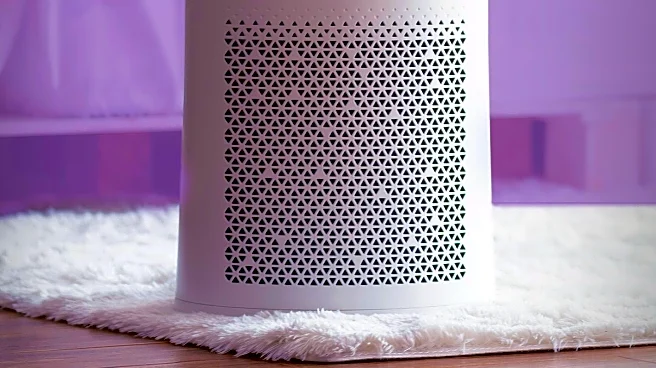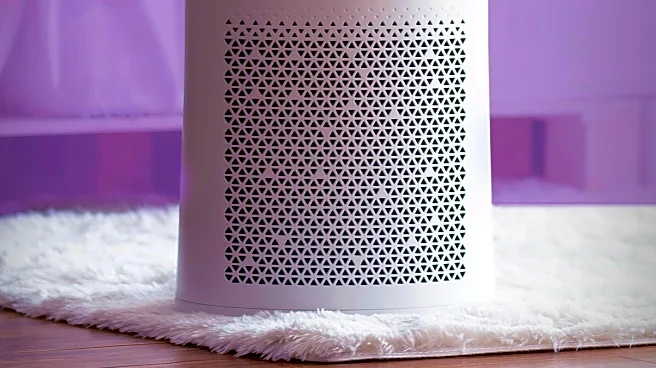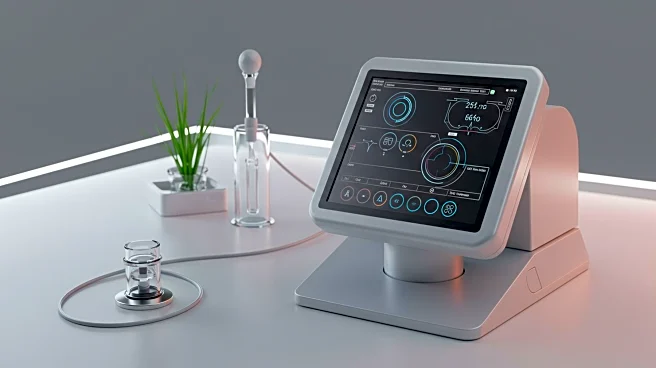Rapid Read • 8 min read
Recent research emphasizes the critical role of using correctly sized blood pressure cuffs for accurate measurements both at home and in clinical settings. The study found that many adults require medium or large cuff sizes, which are often not provided with home devices. Incorrect cuff sizes can lead to significant errors in blood pressure readings, affecting hypertension management. The study suggests that using a cuff one size too small can overestimate systolic blood pressure by 4.8 mmHg, while a cuff too large can underestimate it by 3.6 mmHg. These inaccuracies could lead to misclassification of hypertension status in millions of individuals worldwide.
AD
Accurate blood pressure measurement is crucial for effective hypertension management, which affects millions globally. The study's findings highlight the potential for widespread misdiagnosis due to incorrect cuff sizes, impacting public health policies and individual treatment plans. As obesity rates rise, the need for larger cuffs is expected to increase, necessitating changes in how blood pressure devices are marketed and sold. Ensuring proper cuff sizes could improve clinical outcomes and reduce healthcare costs associated with misdiagnosis and improper treatment.
The study calls for increased awareness among healthcare professionals and the general public about the importance of using correctly sized cuffs. It suggests that pharmacies and online retailers should prioritize selling validated devices with appropriate cuff sizes. Future research should focus on whether cuff sizes are being changed in clinical settings and explore barriers to proper cuff usage. Additionally, there is a need for nationally representative data on arm circumferences to better understand cuff size requirements.
The study raises ethical concerns about the accessibility of accurate blood pressure measurement tools for all individuals, particularly those with larger arm circumferences. It also highlights the need for improved education and training for healthcare providers on proper measurement techniques. Long-term, this could lead to shifts in healthcare practices and policies to ensure more equitable access to accurate diagnostic tools.
AD
More Stories You Might Enjoy










